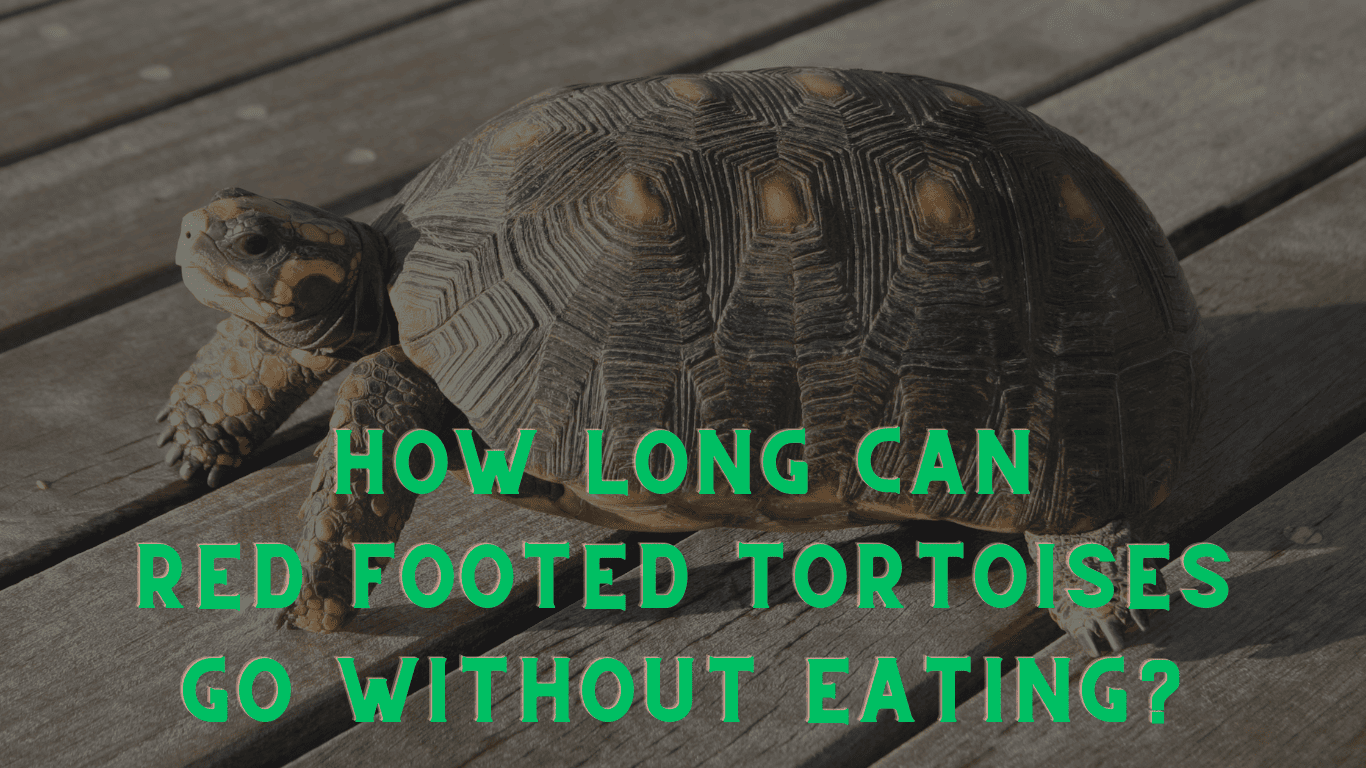Wisconsin has a variety of turtle species, and it’s important to understand the laws surrounding them. Knowing the laws can help protect the turtles and prevent penalties for any illegal activities related to them.
In Wisconsin, it is illegal to sell native turtle species, but residents can harvest them if they own a commercial fishing license. It’s important to note that it’s illegal to sell or commercialize in any way any of the seven sea turtle species, which include loggerhead turtles, green sea turtles, leatherback turtles, hawksbill turtles, Kemp’s ridley turtles, olive ridley turtles, and flatback turtles. Understanding these laws can help prevent any unintentional violations and protect the turtles.
Wisconsin’s Department of Natural Resources (DNR) also has regulations related to amphibians and reptiles, including herptiles. All native herptiles are considered protected and have some level of protection. It’s important to be aware of these regulations and follow them to help protect the turtles and their habitats.
Turtle Ownership Laws in Wisconsin

Wisconsin has laws in place to protect its native turtle species. It is important to understand these laws before owning a turtle as a pet.
According to the Wisconsin Department of Natural Resources, it is legal to own most turtle species as pets in Wisconsin, except for the endangered native species such as the Blanding’s turtle, wood turtle, and ornate box turtle. The sale of live native turtles collected in Wisconsin is also prohibited.
Residents and non-residents may possess and exhibit non-native herptiles for commercial purposes without any Department of Natural Resources license. However, it is important to obtain turtles from a legal captive source to avoid harming wild populations.
In Wisconsin, there are several common turtle species that can be owned as pets. These species include:
1. Common Map Turtle (Graptemys geographica)
2. Common Musk Turtle (Sternotherus odoratus)
3. Common Snapping Turtle (Chelydra serpentina serpentina)
4. Eastern Spiny Softshell (Apalone spinifera spinifera)
5. False Map Turtle (Graptemys pseudogeographica pseudogeographica)
6. Midland Painted Turtle (Chrysemys picta marginata)
7. Midland Smooth Softshell (Apalone mutica mutica)
8. Ouachita Map Turtle (Graptemys ouachitensis ouachitensis)
9. Western Painted Turtle (Chrysemys picta bellii)
10. Western Spiny Softshell (Apalone spinifera hartwegi)
It’s important to note that while these species can be owned as pets, there may still be regulations and restrictions in place. It’s always a good idea to familiarize yourself with the local laws and requirements for keeping turtles as pets in Wisconsin. Additionally, responsible pet ownership includes providing proper care, habitat, and meeting the specific needs of each turtle species.
Turtle Commercialization Laws in Wisconsin
In Wisconsin, there are strict laws regarding the commercialization of turtles. It is illegal to sell any native species of turtle in the state. However, residents can harvest turtles as long as they own a commercial fishing license.
Non-native herptiles, including turtles, can be possessed and exhibited for commercial purposes by both residents and non-residents without any license from the Wisconsin Department of Natural Resources.
The 4 Inches Law
Wisconsin has a size limit of 4 inches for the sale of live turtles. This means that turtles that measure less than 4 inches are not allowed to be sold. This law was established to protect the young turtles from being taken from the wild for commercial purposes.
There are also closed seasons for turtles in Wisconsin. The open season for all turtles, except for endangered and threatened species, is from July 16 to November 30. During this time, turtles can be harvested using hook and line, set line, hoop net trap, dip net, set or bank poles, or by hand. However, there are restrictions on the number of turtles that can be taken per day and the total number that can be taken during the season.
Commercial exhibits of turtles require a Class A or Class B captive wild animal farm license. Non-residents who want to exhibit turtles temporarily in Wisconsin need to obtain a nonresident temporary exhibitor’s license. Educational or research institutions can exhibit turtles without a license.
In addition, the sale of live native turtles collected in Wisconsin is not allowed. Blanding’s turtles and softshell turtles are endangered species in Wisconsin, and their collection is prohibited. Threatened species, such as the wood turtle, are also protected, and their collection is restricted.
Laws About Wild Turtles in Wisconsin
Wisconsin has laws in place to protect its native turtle species. As per the Wisconsin Turtle Laws, all turtles, including aquatic turtles, are protected.
The term “turtles” includes all animals commonly known as turtles, tortoises, terrapins, and all other animals of the order Testudinata, class Reptilia, except marine species (families Dermochelyidae and Cheloniidae).
It is illegal to:
– Take
– Possess
– Transport
– Sell
Any native turtle species in the state without a scientific research license.
Moreover, the sale of live native turtles collected in Wisconsin is not allowed. Only non-native herptiles can be possessed and exhibited for commercial purposes without any Department of Natural Resources license. However, it is essential to note that some non-native herptiles may be considered invasive and could cause harm to Wisconsin’s native turtle species.
The possession limit for native turtles in Wisconsin is one per person. It is illegal to possess federally protected species such as Blanding’s turtle. Additionally, it is illegal to possess native herptile species such as:
– Common map turtle (Graptemys geographica)
– Common musk turtle (Sternotherus odoratus)
– Common snapping turtle (Chelydra serpentina serpentina)
– Eastern spiny softshell (Apalone spinifera spinifera)
– False map turtle (Graptemys pseudogeographica pseudogeographica)
– Midland painted turtle (Chrysemys picta marginata)
– Midland smooth softshell (Apalone mutica mutica)
– Ouachita map turtle (Graptemys ouachitensis ouachitensis)
– Western painted turtle (Chrysemys picta bellii)
– Western spiny softshell (Apalone spinifera hartwegi)
If they have atypical colors or patterns.
The possession limit for non-native herptiles is not specified in Wisconsin laws. However, it is crucial to ensure that non-native herptiles are not released into the wild as they may become invasive and harm Wisconsin’s native turtle species.
In conclusion, Wisconsin has strict laws to protect its native turtle species. It is illegal to take, possess, transport, or sell any native turtle species in the state without a scientific research license. The possession limit for native turtles is one per person, and it is illegal to possess federally protected species or native herptile species with atypical colors or patterns. It is also vital to ensure that non-native herptiles are not released into the wild to protect Wisconsin’s native turtle species.




Leave a Reply